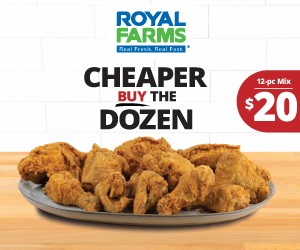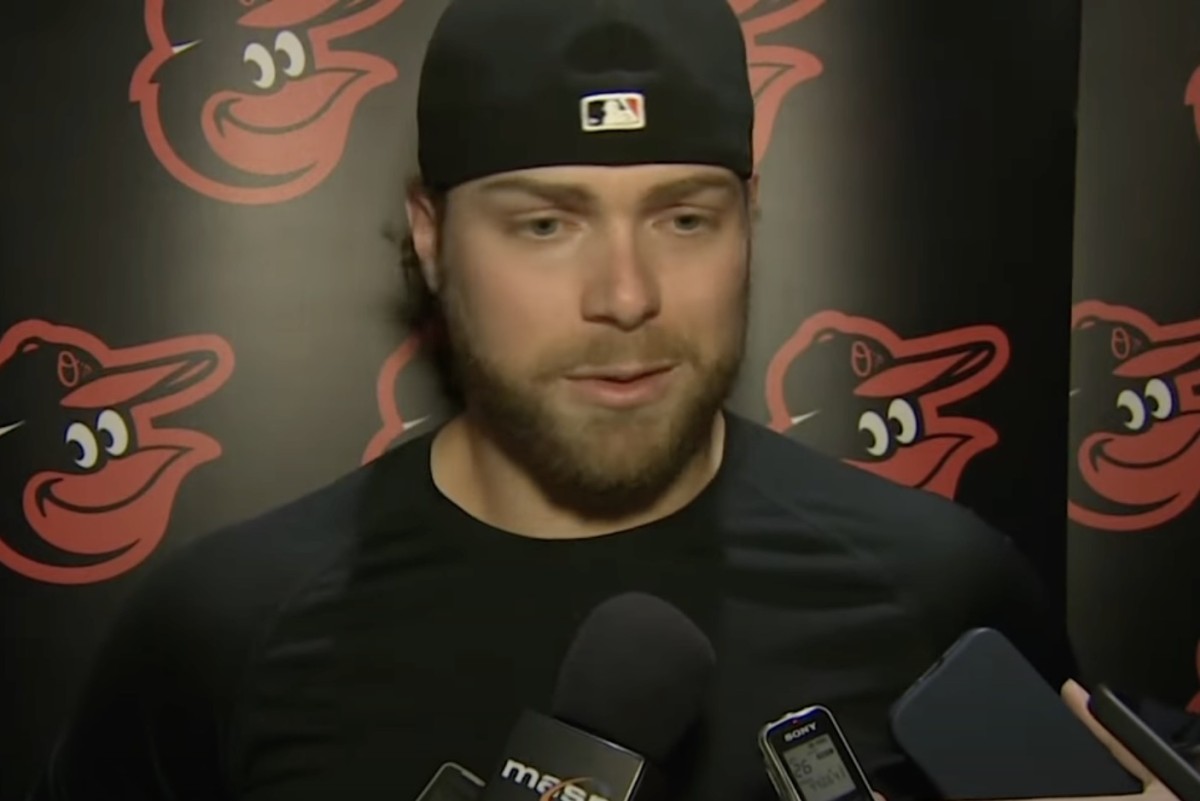We all know the starting rotation is the overwhelming reason why expectations remain low for the Orioles three weeks ahead of the start of the 2018 season.
But even if ownership were to suddenly loosen the purse strings — perhaps simply to last year’s payroll level — to sign Lance Lynn and Alex Cobb to upgrade the projected starting five, Baltimore would still need some substantial improvement from within to dramatically increase its chances to contend. The Orioles finished last in the majors in starter ERA, but their trademark over the last six years also declined last season.
Buck Showalter’s club still hit plenty of home runs, but not at the same impressive clip that’s made Baltimore the standard in that department over the last six years.
For the first time since 2011, the Orioles finished outside the top three in the American League in homers, ranking fifth with 232 after hitting a league-leading 253 the previous season. To be clear, they hit only nine fewer than the top-ranked New York Yankees, but a new major league record was set for home runs across baseball in the 2017 season and the average AL club hit 14 more than the previous year. And when you consider Welington Castillo and Trey Mancini provided upgrades in the home run department from 2016 starters Matt Wieters and Hyun Soo Kim at those respective positions, one could have expected the Orioles to at least match the previous season’s total rather than hit 21 fewer and be one of only four AL clubs to hit fewer homers in 2017 than the year before.
The reason that didn’t happen falls on the shoulders of Chris Davis and Mark Trumbo, who combined to hit only 49 long balls. Trumbo nearly matched that total by himself with 47 the year before while Davis clubbed 47 in 2015 and a club-record 53 in 2013. No one could have reasonably expected the pair of high-priced sluggers to match those career highs in 2017, but the Orioles instead received one of the worst seasons of each veteran’s career.
Unfortunately, the start of spring hasn’t served as a harbinger of a rebound for either player. After going 2-for-13 with a homer and seven strikeouts in early Grapefruit League action, Davis remains sidelined with a sore right elbow that prompted an MRI several days ago to rule out any structural damage. Meanwhile, Thursday brought news that Trumbo would miss some time because of a sore quadriceps. We know better than to jump to conclusions based on spring training results or minor ailments, but both sluggers are already on the wrong side of 30 and don’t profile as the type of hitter who ages particularly well. Frankly, each could stand to benefit from as many reps as possible as well as some positive results this spring to help put last year behind them.
Entering the third season of the seven-year, $161 million contract signed two years ago, Davis is coming off his worst campaign since 2014 and will try to avoid seeing his home run total and on-base plus slugging percentage decline for the third straight year. Even more concerning is that Davis batted .215 while sporting a .301 batting average on balls in play, which was dramatically higher than his .242 BABIP in 2014 when he batted a brutal .196. That means he wasn’t even unlucky in the midst of struggling.
Most assumed at the time of Davis’ signing that his record-setting deal would be problematic in its latter stages after some productive seasons, but he was worth minus-0.1 wins above replacement (Baseball Reference) and struck out looking 12 more times than anyone else in the majors despite playing only 128 games last season. His .688 OPS after the All-Star break prompted Showalter to lower him in the order, and Davis’ defensive metrics at first base also declined to minus-five defensive runs saved after registering an above-average eight in 2016 and an above-average count in the two seasons before that.
In other words, without a meaningful rebound in 2018, his contract is already bordering on disastrous without having reached the halfway point of its duration. Turning 32 next week, Davis spoke at the start of spring about his need to be more aggressive early in counts and to not take as many strikes, but he’s missed valuable at-bats to test out his revamped mindset.
Making less and only being under contract through next season, Trumbo was worse than Davis in 2017 as he hit only 23 homers and posted a career-low .686 OPS in his second year with the Orioles. Some questioned the wisdom of re-signing him last winter after a career season at the plate that still registered only a 1.6 WAR because of his fielding deficiencies, but the organization deemed a three-year, $37.5 million contract to be a bargain after the rest of the market was largely disinterested in his services.
The Orioles wisely kept Trumbo out of the field last year to try to maximize his value at the plate, but the veteran responded unfavorably to the most extensive action of his career as a designated hitter and batted only .202 with a .600 OPS after the All-Star break. His .278 BABIP was identical to the previous season when he posted a career-best .850 OPS and was not terribly far behind his .286 career BABIP, making it difficult to chalk up too much of his performance to bad luck. Trumbo hit more grounders (43.3 percent to 39.5 percent) and fewer fly balls (40.6 percent to 43.1 percent) than in 2016, which certainly isn’t an encouraging development for a one-dimensional power hitter.
Perhaps more troublesome is the fact that Trumbo’s 2017 campaign came on the heels of his 2016 second half that was boosted by his 19 homers and still included a .214 average and a so-so .754 OPS. That’s a significant sample of below-average offense to follow his incredible first half in Baltimore that fetched him a 2016 All-Star invitation.
Trumbo is a cerebral individual who’s used new-age numbers such as launch angle to refine his approach, but he said at January’s FanFest that he may have been too consumed by those numbers last season in trying to adjust his swing. And though he wouldn’t use his increased DH role as an excuse for his poor performance, one could easily reason that a hitter not playing the field would be more inclined to obssess over his struggles at the plate between at-bats. Of course, Trumbo playing anywhere in the field other than maybe first base mostly negates what value he offers when swinging the bat well.
The attempt to simplify his approach hasn’t produced positive results so far this spring as he’s off to a 3-for-20 start with nine strikeouts in the Grapefruit League and will now miss at least a few days with the quad injury.
The recent signings of Pedro Alvarez and Danny Valencia provide depth and insurance for worst-case scenarios playing out with the incumbents, but it’s difficult not to wonder if a DH platoon of Alvarez and Valencia might be better than Trumbo at a fraction of the cost. That’s little more than buyer’s remorse at this point, however, as the remainder of his contract would be extremely difficult to move.
It would be unwise to write off Davis or Trumbo after both produced monster seasons in recent memory, but the problem is the Orioles are paying them lucrative money to be difference-makers and both are bigger question marks than answers at this point. That’s not encouraging, especially for an organization that’s been unwilling to use the necessary resources to try to significantly improve the starting rotation.
We all know the Orioles need to pitch much better more than anything else to succeed in 2018, but they would further boost their chances by recapturing their edge in the long-ball department.
That needs to begin with Davis and Trumbo bouncing back in a meaningful way from their nightmare seasons a year ago.






























